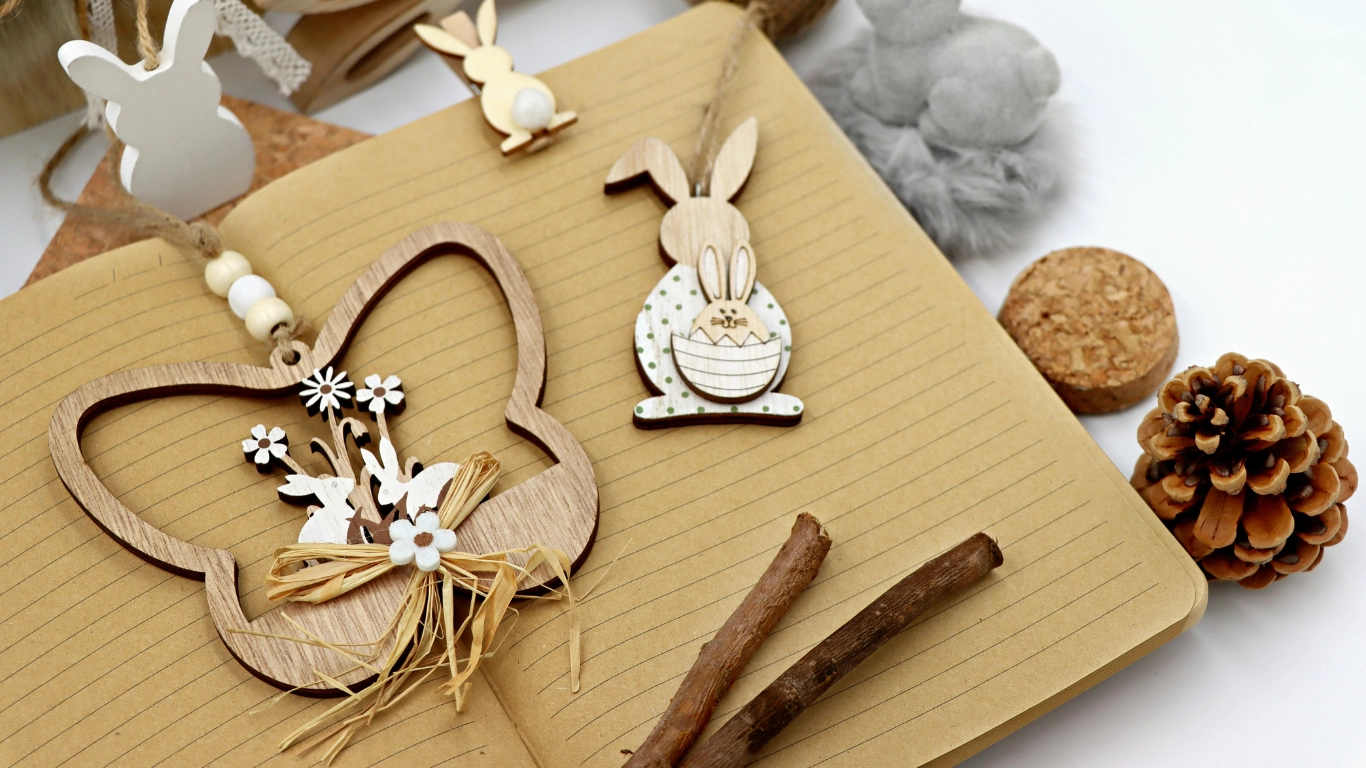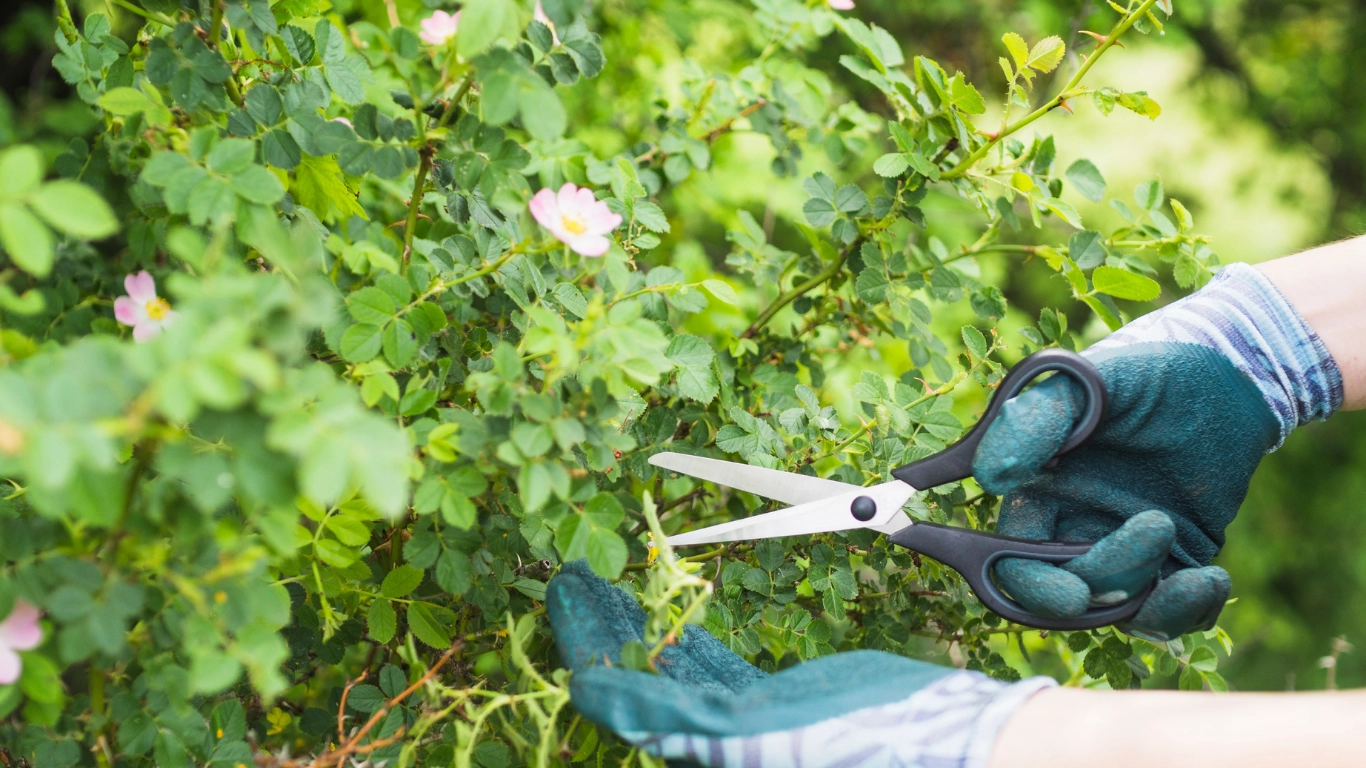Introduction
Snake Plant (Dracaena trifasciata) is the simplest plant which you can grow with a little care and can survive without any specific environment. This plant can easily grow in hard conditions and in harsh environments. It has a lot of benefits and is mostly placed in offices because of its interaction.
Snake plant is native to the tropical and rocky regions of West and West Central Africa. Snake plant, also known as mother-in-law’s tongue, has more than seventy(70) types and all have different characteristics with their species.
| Common Name: | Snake Plant, Mother-in-Law’s Tongue |
| Scientific Name: | Dracaena trifasciata |
| Family: | Asparagaceae |
| Plant Type: | Evergreen |
| Bloom Time | Spring |
| Light Requirement: | Indirect Sunlight |
| Soil Type: | Well nutrients |
| Native Area: | West and West Central Africa |
| Toxicity: | Toxic to humans and pets |
Benefits
The Snake Plant has many benefits to humans as well as the environment, but we will only discuss a few main benefits;
Decoration:
Snake Plant is a beautiful and attractive plant because of its foliage and size. People place it in their homes and offices for decoration purposes as it attracts people because of its beauty and proper placement.
You can place it in the garage or south, east and south eastern corners of the house. This will increase the beauty of your house as well. You can place it in offices, schools and parks as well.
Air-Purifier:
We know that plants clean the air by reducing cancer causing agents, such as toluene, xylene, benzene, formaldehyde etc, that are more effective in low brightness and also helps in maintenance of physical fitness as well.
Snake Plant has a major role in night because it converts carbon dioxide (CO2) into oxygen (O2) in day and also in night.This helps you to breathe fresh air at night time that comforts you. Hence snake plants provide fresh and free of pollution air indoor which is beneficial to you as well as to the environment.
Low Maintenance:
The main characteristic which is beneficial to us is its low maintenance and everyone can grow it easily. You need no particular care for this plant as it is drought resistant and can tolerate hard conditions. Snake plant is also pest resistant to household insects such as spider mite etc. It needs low water and you can give it water once in two weeks also in summer.
Effective for Allergies:
Snake plants convert carbon dioxide (CO2) into oxygen (O2) as well as absorb toxin particles that cause allergies to some peoples. So it is also beneficial for people with allergies and we advise them to grow snake plants in their garden or indoor.
Good Luck (Feng Shui):
Snake plant is a popular Feng Shui plant which symbolizes that this plant is significant against negative energy. According to the Chinese Snake plant is essential for protection and purification for bad luck.
Mental Health Booster:
As all plants give us mental satisfaction and lower our anxiety and stress, snake plants are also beneficial for our mental health. It produces oxygen in the day as well as at night so keep our rooms and offices fresh. Gardening is also important for our physical health and as it is easy to grow, it provides an important role for keeping us healthy.
Time Saving:
Snake plant is a time saving plant because other plants get more time for their growth because they can’t survive if you do not take care of them properly. However, snake plants are easy to grow and you can even check it out after an interval of 1 to 2 weeks.
Minor Physical Ailments:
Snake plant is also used for minor physical ailments, because it is used instant for;
- Relieve headache
- Strengthen for immune system
- Reduce inflammation
- Heal skin wounds and burns
- Support standard blood pressure
Care Guidelines
As snake plant is famous for its maintenance, so we will discuss here some care guidelines;
| Light: | Indirect sunlight |
| Water: | Every couple of weeks |
| Soil: | Well draining and rich in nutrients |
| Temperature: | Between 70°F and 90°F (21°C and 32°C) |
| Fertilizer: | Low amount in spring season |
| Pruning: | Essential for proper growth |
Light:
Snake plants can tolerate dark or shade but if kept up to a long period of about 2 to 4 hours, it starts to change its leaves color and stunt growth. It is necessary to keep the plant in indirect sunlight for nearly about 8 hours and it also needs indirect sunlight in summer as well.
The light must be indirect and with a decided period. It can tolerate direct sunlight but too much direct sunlight can burn the leaves so take care of the plant.
Water:
Water snake plant after 2 to 3 weeks when the soil is completely dried out and check by passing fingers in the soil to check that the outer 3 to 4 inch soil is dried. Over watering may cause plant weakness.
On winter or rainy days properly check whether the soil is completely dried out and water your plant after 1 month interval so that the plant will grow better.
Soil:
The best and preferred soil for snake plants contains nutrients and the soil must fastly dried to reduce water level as over watering affects the plant. The soil will be moist less time and there must be cracks for passage of air.
Temperature:
Snake plants can’t tolerate low temperatures and temperatures below 50°F (10°) can kill the plant. The suitable temperature for its growth and maintenance is between 60°F to 75°F (16°C to 24°C).
Fertilizer:
Snake plants don’t take a lot of fertilizer but you can give it fertilizer in spring (beginning season of growth) and mid summer. Keep these two seasons in mind and not give fertilizer in winter because it can cause destruction of the plant.
Pruning:
Pruning is best in the spring season in which the growth rate of plants is at its best and by cutting off the old leaves encourage new leaves growth to maintain the plant fresh. Proper pruning is very important. Cut off small old branches with their leaves which cause growth of new shoots of plants.
In winter, when the plant is in its last stage of growth, the result of pruning can take a long period so it is best to prune the plant in winter for getting its results soon.
Famous Types
Snake plants have more than 70 species, with their different properties and characteristics. Some of them can tolerate harsh environment conditions and few are sensitive, rest are rare between all environments.
Here we will discuss few types with their short information to get knowledge about maximum of them;
Dracaena trifasciata “Laurentii”:
Dracaena trifasciata ‘Laurentii’, also known as striped mother-in-law’s tongue, is a well decorative plant with its beautiful shape and color and is liked by Feng Shui fans.
- Shape: Flat, sword-shaped
- Color: Dark green with yellowish zigzag banded
- Mature size: 4 feet
Dracaena trifasciata “Hahnii”:
Dracaena trifasciata ‘Hahnii’ is known as bird’s nest snake plant because of its stemless leaves which form the shape of a nest. It grows in a small cluster-like shape so it looks interactive and beautiful.
- Shape: Flat, nest-like, leaves-cluster
- Color: Dark green with yellow-white horizontal stripes
- Mature size: 1.5 feet
Dracaena angolensis:
Dracaena angolensis is called African Spear plant (Sansevieria cylindrica) and has long rod-like leaves. It is a slow-growing plant and is attractive to people because of its beautiful shape.
- Shape: Long, rod-like leaves
- Color: Gray green
- Mature size: 6 feet
Dracaena trifasciata “Twisted Sister”:
This plant was found in Zaire and the species was collected in Nigeria. The plant is popular due to its size and twisted leaves which increases its beauty having yellowish horizontal lines on it.
- Shape: Curvy
- Color: Dark green with yellow lines
- Mature size: 15 inch
Dracaena trifasciata “Bantel’s Sensation”:
Bantel’s Sensation (Sansevieria trifasciata) is also known as white snake plant due to white streaks on its leaves. It has long leaves so it spreads beauty in the rooms.
- Shape: Slender tall
- Color: Green with white stripes
- Mature size: 3 feet
Dracaena pearsonii:
Sansevieria pearsonii is also known as rhinograss, having clumps of leaves is attractive due to its leaves. It gives you a reward of beauty and gets proper care for its nourishment.
- Shape: Long, erect, ribbed
- Color: Dark green
- Mature size: 4 feet
Dracaena pethera “Star sansevieria”:
Star sansevieria (Sansevieria pethera) is a long life plant as compared to others due to its slow growth. It has not long but broad leaves which didn’t grow upward and so because they touch the soils.
- Shape: Flat, sword-shaped
- Color: Dark green with red margins on leaves
- Mature size: 3 feet
Dracaena trifasciata “Futura Robusta”:
Future Robusta (Sansevieria trifasciata) is an inverted triangular shaped plant with lighter green blotches. Due to these characteristics it is very attractive and increases beauty in your home.
- Shape: Inverted triangular
- Color: Dark green with lighter green blotches
- Mature size: 2 feet
Propagation
Propagation of the snake plant is almost done in the growing season, in spring. Snake plant is sensitive for propagation as it can get rot easily so it is better to grow it in moisturized soil to decrease chances of its rotting.
Here we will discuss two ways of propagation of snake plant;
- By division
- By leaf cutting
Propagation By Division:
This is the simplest and easiest way of propagation of snake plants. We will divide a baby plant from the mature plant and grow it in a new moisture soil.
In this process we will propagate the plant by following the steps written below;
- Remove Baby Plant: First of all remove the baby plant from the mature plant by removing it from the soil and also separate the roots.
- Repot the Baby Plant: Now the baby plant is repotted into a well sized pot. Also moist the soil for well growth.
- Water and Sunlight: Give water to the plant and place it in a sunlight place for proper growth.
Propagation By Leaf Cutting:
This is a difficult method for propagation and the plant can propagate in large numbers.
Here are the steps by which we can propagate the plant;
- Cut off a Leaf: Cut healthy leaves from the mature plant by steroid tool.
- Place in Moist Soil: Let place the leaves in moist soil. Properly submerge it into soil.
- Water and Sunlight: Give water properly daily and place it in sunlight location and wait for 4 months.
- Repot: After 4 months the roots completely come out and now repot the leaves in separate pots.
Common Problems and Diseases
| Problems | Causes | Solutions |
| Leaves Falling | Overwatering | Reduce watering |
| Full Smelling | Root Rot | Maintain drainage |
| Spider Mite | Yellowing of leaves | Use neem oil |
Toxicity
All types of snake plant are toxic to pets as well as to humans. This plant is not allergic however fatal if engulfed by humans and pets so it is necessary to keep it away from children and pets.
Plant lovers also read White Wizard vs White Knight vs White Princess
FAQs
As it has thin, long leaves and has stripes which resemble some types of snakes so called as snake plant.
The main disadvantage of snake plant is that it is dangerous as it is toxic to humans and pets. Some people also dislike it due to its shape but it is their personal preference.
Snake plant is a slow growing plant so you do not need to repot it however if the roots burst out from the pot.
The best place to place a snake plant is the North-East corner window because there it will get bright indirect light.







